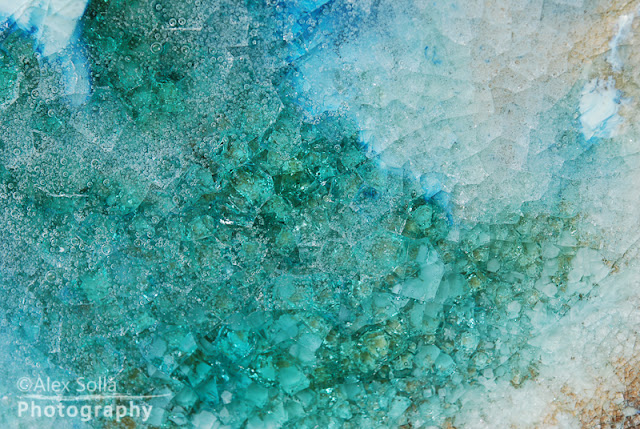Oasis Amidst the Wasteland (42398A), 1998
I have been getting lots of inquiries lately as to why my writing about these platters has dropped off recently. There is a short answer and a long one.
The short answer is that I don't have it in me to write more at the moment.
The long answer is harder. It takes time for me to shape. And it hurts.
These platters came into being at a time in my life when I was finishing grad school in Utah. I felt like my whole life was in front of me. I was starting to apply for professorships all over the country. My daughter was almost two and a half years old. I could see the light at the end of the tunnel.
Yep, it was a train. At some point I will try to put into words what that train wreck was like. At this point, the part that matters most is the emotional content these platters still carry for me. I can't see them through other people's eyes. I certainly don't want anyone to see them for what I saw them for.
But after having been boxed up for more than a decade, seeing them out of their crates, in the daylight or under the strobes in the photo studio... it is a whole new experience. While I remember all that went into making them (right down to the feeling of mixing up the glazes and the texture of the slurry through my hands as I glazed these big monsters)... but also the emotions that filled my mind as I was making the series.
In retrospect, it wasn't the beginning of a whole new world as much as it was the end of one. I just didn't know that then.
























































